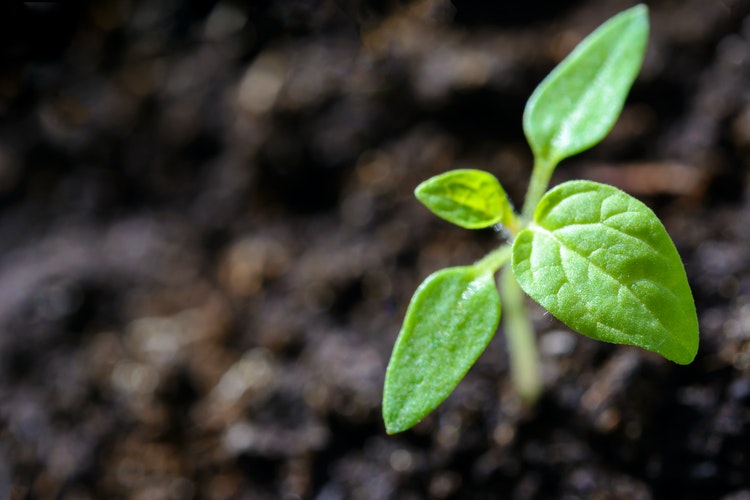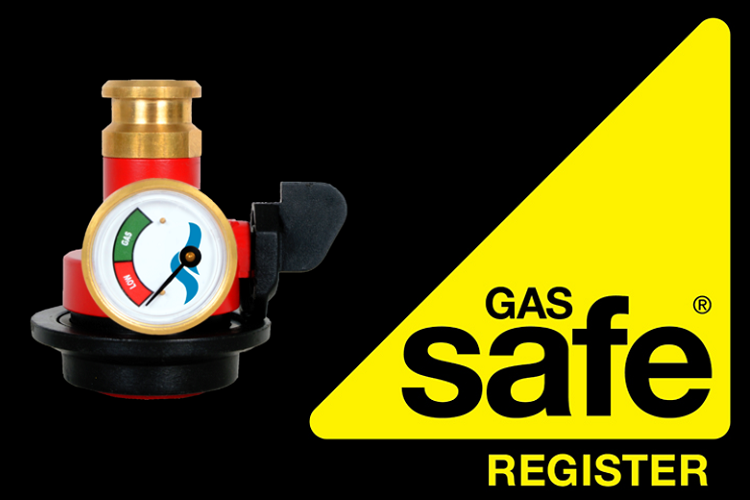Plants do not only face pest problems but also various kinds of soil-borne diseases. Among all the ailments, the most irritating problem is soil disease. According to the gardener’s perception, they ultimately do the right things to protect the plants. But, still, their plants are suffering from stunting. So, the question pop-up in my mind is: which one is the best soil-borne diseases treatment?
Before directly moving to treatment, it is quintessence to know about the soil-borne disease and what is the reason behind soil disease?
Initially, let’s discuss the soil-borne disease:
What are soil-borne diseases?
Hundreds of billions of germs and illnesses live in the soil. Some of the microorganisms play a crucial role in the ecosystem. For instance, fungi are liable for the production of edible mushroom growth. On the other hand, some harmful pathogens disgrace the garden.
Soil-borne diseases not only lessen the yield but also lead to the worst quality of the harvest. Additionally, these pathogens also become the reason for root rot, decay, and so many problems. The major challenge associated with the soil-borne disease is hard to diagnose and difficult to eradicate.
Reasons for soil-borne disease
The primary reason behind soil-borne diseases is a microorganism that survives and moves into the soil. Usually, you cannot see and detect these until your plant gets sick. Three things are required for taking place any disease in a plant that includes:
- Pathogen (micro organism which leads to disease)
- Plant (host)
- Accurate Environmental Condition
As pathogens remain in the soil and wait for the plants to get in touch with them. Some microorganisms target succulent growth, while some target the tender. Not all the microorganisms stay longer in soil; some are visitors. They appear as per the environmental condition. Other microorganisms occurred naturally and remained in the soil for years. Hence, it is essential to clean the debris nearer to plants.
Types of soil-borne pathogens
Soil-Borne pathogens are divided into various categories that are in the following ways:
1. Fungi
There are numerous pathogens but fungi are the most common. Not all fungi lead to plant problems, but more than 8,000 fungi species may infect the plants. For instance, few fungi infect the plant’s root and infect the uptake.
2. Bacteria
Bacteria do not affect the plant for a longer time. Some of the bacteria are Erwinia (soft rot), Streptomyces.
3. Viruses
Viruses come in the category of rarer pathogens and require living plant tissues for survival. When the virus gets in touch with the plant’s cell, it can become the reason for producing excess virus cells.
4. Nematodes
Nematodes are known as roundworms. These pathogens have round bodies, including the points on both ends. Additionally, these create problems mainly with root crops such as carrots.
Soil-borne diseases
So, these are the different types of pathogens that lead to different problems in plants. Aside from it, there are numerous following soil-borne diseases that affect your garden and fields.
1. Damping-off
- Disease type- Fungus
- Crops affected with damping-off- Beets, Spinach, Chard, and seedlings
It usually targets the young plant and germinating seeds.
2. Verticillium Wilt
- Disease type- Fungus
- Crop affected with Verticillium Wilt- Strawberries, potatoes, eggplant, and so on.
3. Powdery Mildew
- Disease type- Fungus
- Crop Affected with Powdery Mildew- Squash, roses, cucumbers, and cucurbits
4. Bacterial Wilt
- Disease type- Bacteria
- Crops affected with Bacterial Wilt- Muskmelons, cucumber, and numerous other cucurbits.
5. Root-Knot Nematodes
- Disease type- Nematode
- Crops affected with Root-knot nematodes- Corn, potatoes, tomatoes, and so on.
Different pathogens attack the various categories of plants and crops. Additionally, they affect the crop drastically. Hence, it becomes mandatory to recognize the specific soil-borne disease. After finding the disease, you can easily find and provide the best soil disease treatment.
How to recognize the soil-borne diseases?
It is hard to diagnose soil-borne disease. But with a few indications, you get the idea that your plant is suffering from a soil-related disease. Here comes the list of some symptoms that you need to know:
- Discoloration of leaf-like yellowish, black spots
- Discoloration of stem nearly to surface
- Vigor loss
- Plant wilting
- Stunted growth
- Distortion of tissue
- Thin stem at the base
- Black splotches located on root hair
Additionally, you can compare the sick plant with the healthy plant. Due to it, you will get an idea of whether it suffers from any soil-borne disease or not. Once you know about the symptoms, you can work on the management and provide the best soil disease treatment.
Management
Here is the list of a few management practices to control soil disease. To control these kinds of diseases, you must know the below-mentioned factors:
- Pathogens
- Host plant that is infected with the disease
- Soil conditions that allow the entry of pathogens
So, let’s focus on different and effective strategies for controlling soil disease.
1. Reduce the pest introduction
You can select the seed, including soil amendments, from accurate sources. Due to it, chances of entering invasive pathogens will be reduced. While buying the plants, make sure that they are free from disease.
2. Soil Solarization
If your climate area is warmer, you can give the preference to solarization, and it is ideal for disinfecting the containerized soil and soil available in open fields. Here is the list of steps that you need to follow:
If the soil is in the container:
- You have the option of using bags or transparent plastic. Two layers of plastic can enhance the soil temperature by more than 50 degrees F. Keep the soil between the two layers of plastic.
- With the temperature measuring equipment, check the accurate temperature of the growing medium. The temperature must be high for controlling the soil pest.
- Usually, in the hot areas of California, soil that is placed inside the plastic sleeves can enhance to seventy degrees C during solarization. If the temperature is 158 degrees F, the soil will easily be solarized within thirty minutes.
Aside from it, in the case of opening, you can easily cover the soil by using a single layer of plastic. Keep the transparent sheet of plastic on the soil. Additionally, keep it for four to six weeks.
3. Heat
Another way that is useful for managing soil disease is heating the soil. Once you heat the soil, you can easily use it when it cools. When the temperature climbs to sixty degrees Celsius, many germs are quickly killed. The temperature of steam at the sea level is nearly 212 degrees F, and that temperature is considered for treating the soil.
If the air mixes in steam, the temperature of the stem can be easily controlled. If you consider the cement mixer to heat the immense soil quality, there is a need to mix the air in steam, and it is because the air is already available in the mixer. To perform this method, there is no need to purchase an expensive cement mixer.
4. Chemical control
The most common soil disease is fungi. So, you can give the preference to fungicidal treatment like copper sulfate, and these will help you in controlling the disease in the field. But keep the one thing in your mind that the application of fungicide is not effective in all cases. Hence, it is essential to consider professional guidance. The professional will use the best chemical and treat the best soil disease.
5. Reduce the contact of host-pathogen
The infection mainly occurs when plants contact the pathogen. By doing so, you can reduce your contact with others. To reduce the host-pathogen interaction, you can prefer disease-free field crop rotation to break the pathogen cycle. Aside from it, you can work on accurate drainage, including soil aeration.
So, these are the five most effective management techniques to control soil-borne diseases. Aside from it, there are various techniques that you can consider to prevent your garden or fields from pathogens.
Prevention is the ideal way
There are numerous steps that you can consider to prevent pathogens’ attacks. Here is the list of steps:
- Closely look to plants before purchasing
- Say no to the specimen that consists of unhealthy characteristics like spots, weird leaf shape, or discoloration.
If you purchase that kind of plant, your healthy garden soil can quickly infest with pathogens.
- Focus on maintaining the accurate soil pH level, moisture as well as nutrients level
By providing an accurate nutrient level, your garden will be capable of fighting against diseases or pathogens.
- Do not forget to offer the right kind of fertilizers to plants which are the best way to protect the garden against different sorts of disease.
- Avoid the overwatering of soil because it leads to cross-contamination
These precautions can be kept in your mind to protect your fields and gardens against soil disease.
Final Verdicts
With appropriate management techniques, soil-borne diseases can be treated accurately. Additionally, right from fertilizers to buying the plants, various factors avoid soil-borne disease. All you can do is closely examine the plant, and in case you find any change, take the suggestion from professionals to get the best soil disease treatment.
Dustin Pope, the President of Tree Doctor, wisdom is stored in the optimum health of the trees, plants, and shrubs in the landscape of San Diego. He is very passionate about creating awareness for tree health management and educating people about the consequences of ignoring the unique tree healthcare needs.




